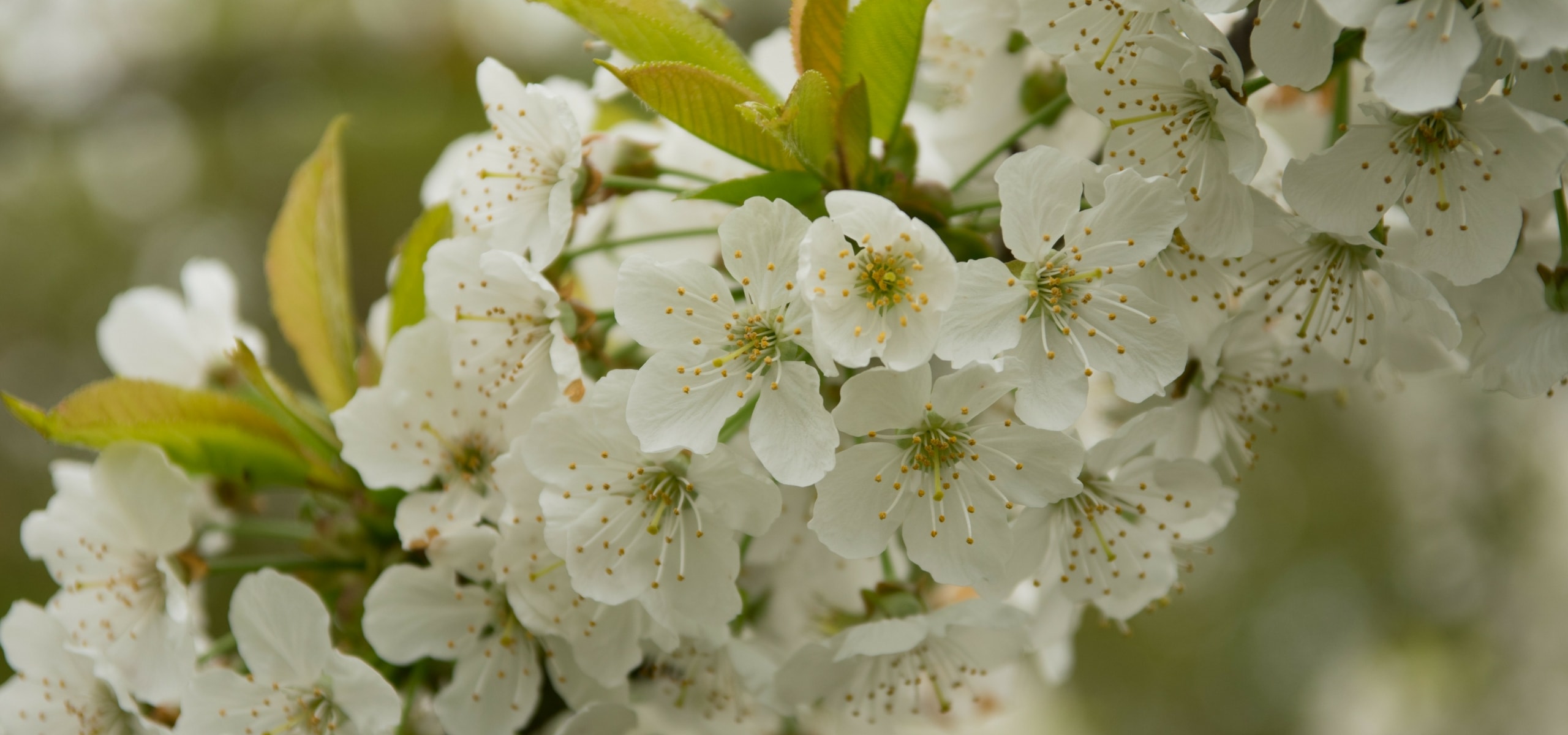
Cherry tree: planting, pruning and maintenance
healthy fruit trees for beautiful harvests
Contents
The cherry tree (Prunus Cerasus) is one of the most cherished fruit trees in the garden and orchard. It forms a beautiful tree that is adorned, in spring, with a delightful flowering. Planted in the right spot, it will provide you with an abundant harvest of delicious cherries. Here are our tips for caring for and pruning the cherry tree.
Where to plant the cherry tree?
Adapted to all regions of France, the Cherry tree can be planted either as a solitary specimen, in the middle of a short grass meadow, or at the back of a flowerbed or within an orchard. In all cases, choose a sunny exposure.
In regions with late spring frosts, plant the Cherry tree in a sheltered position, facing west and protected from cold winds.
Some varieties are dwarf and can be grown in the ground or in pots: perfect for small gardens! This is, for example, the case for:
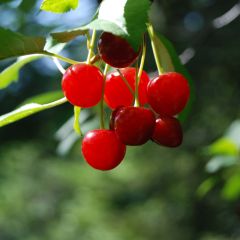
Dwarf Cherry Tree Cherry Boop
- Periodo di fioritura April, May
- Altezza a maturità 2 m
If you only wish to plant a single specimen, be aware that some varieties are self-fertile and can be planted alone.
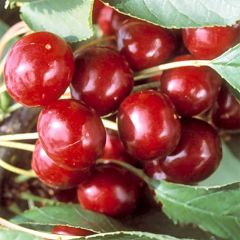
Prunus avium Bigarreau Sweetheart - Cherry Tree
- Periodo di fioritura April, May
- Altezza a maturità 6 m
However, for most varieties, it is necessary to have another cherry tree nearby, within a radius of 20 to 30 m, to ensure good fruiting.
Read also
How to protect fruit trees from birds?When and how to plant?
Easy to grow, the Cherry tree thrives in any type of soil, whether acidic or calcareous.
It prefers cool, light soils and is sensitive to heavy, clayey lands.
Planting is preferably done in autumn or, if not possible, in winter, when there is no frost. The plants offered in containers can be planted all year round, except during periods of extreme heat or frost.
To plant the cherry tree:
- Loosen the soil deeply, removing stones and unwanted herbs.
- Add some gravel to improve drainage.
- Dig a hole 4 to 5 times the volume of the root ball.
- Make sure to place the subsoil on one side and the topsoil on the other. Mix crushed horn or well-matured compost or potting soil with the subsoil and pour this mixture at the bottom of the planting hole.
- Install a stake. Place the root ball, cover it with topsoil, and firm it down well. Water generously (about 10 litres). Tie the stake to the plant, crossing the tie in an 8 shape, without touching the trunk.
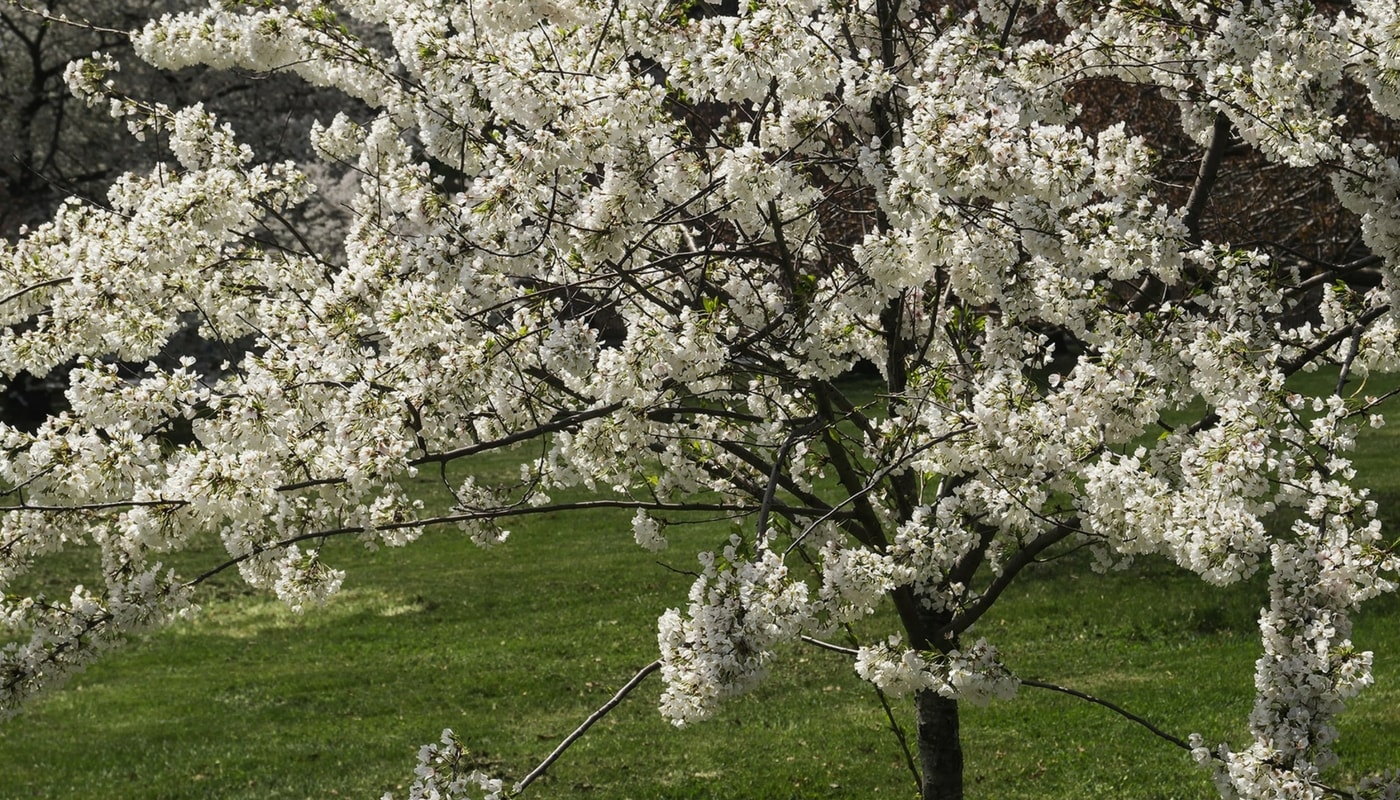
Caring for your cherry tree
- Watering is not necessary except during hot weather.
- Mulch at the base to retain moisture in summer.
- Protect your harvest by installing, as you prefer, a bird net, sheets of aluminium foil, or old CDs.
- In case of a significant aphid attack, spray a mixture of water and black soap.
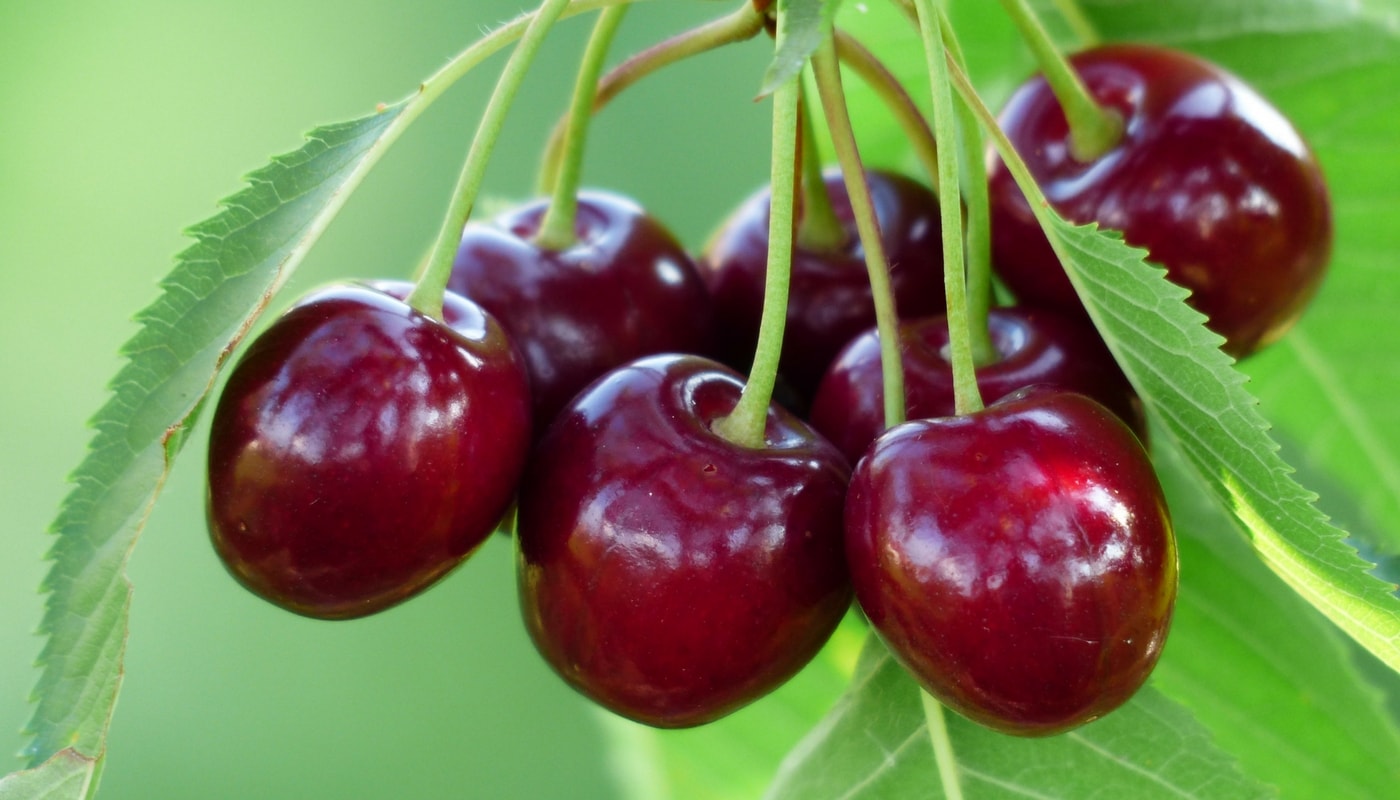
These cherries, appetising, are also appealing to birds: remember to protect your trees
Pruning the cherry tree
The pruning of cherry trees is carried out every 3 to 4 years. It takes place in autumn, after the leaves have fallen or, if not possible, in winter, outside of frost periods.
To prune the cherry tree:
- Remove any suckers that have grown at the base of the tree and the water shoots developing on the trunk of the tree if necessary.
- Eliminate dead branches and those that cross each other inside, allowing air and light to circulate in the medium.
- Shorten the young shoots to maintain a balanced branch structure.
- Don’t forget to coat the pruning wounds with a healing agent like clay to prevent the appearance of fungi or diseases.
- Subscribe!
- Contents































Comments